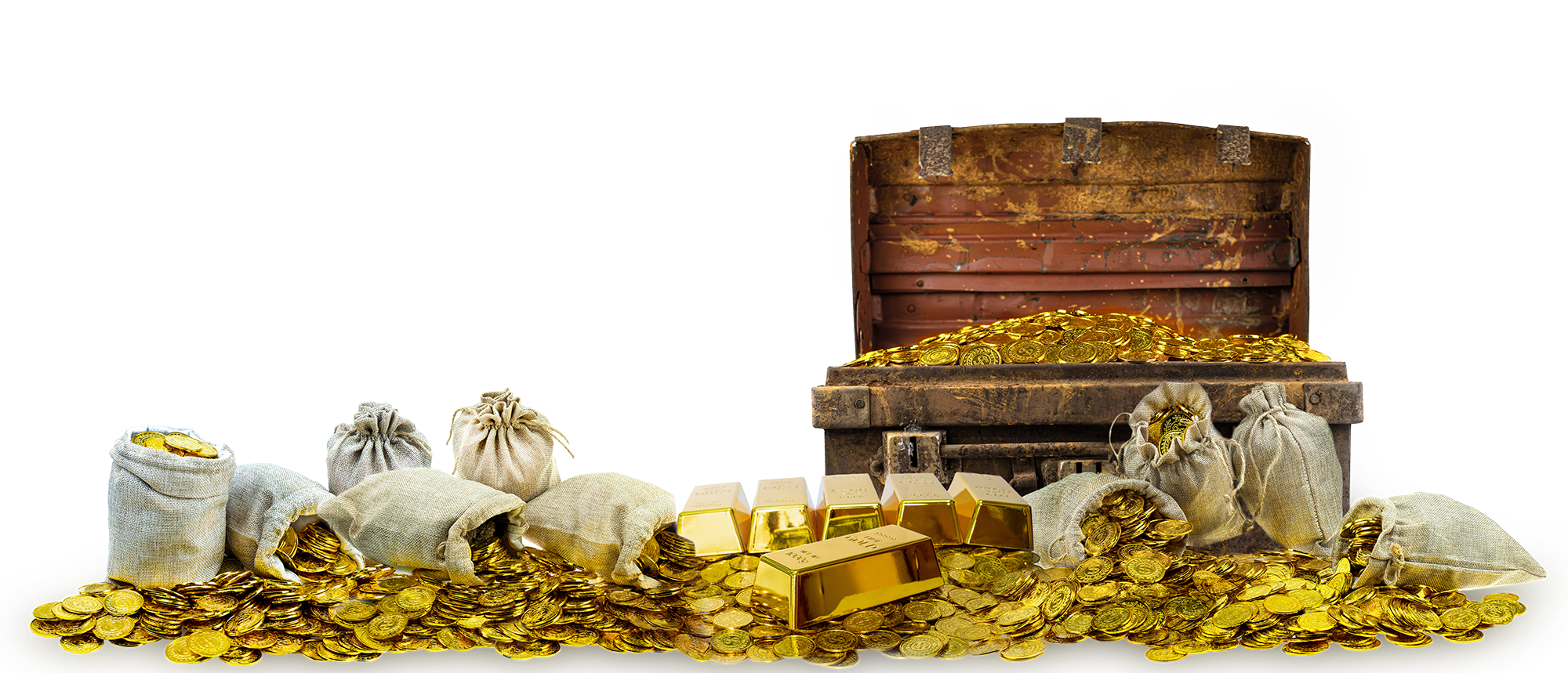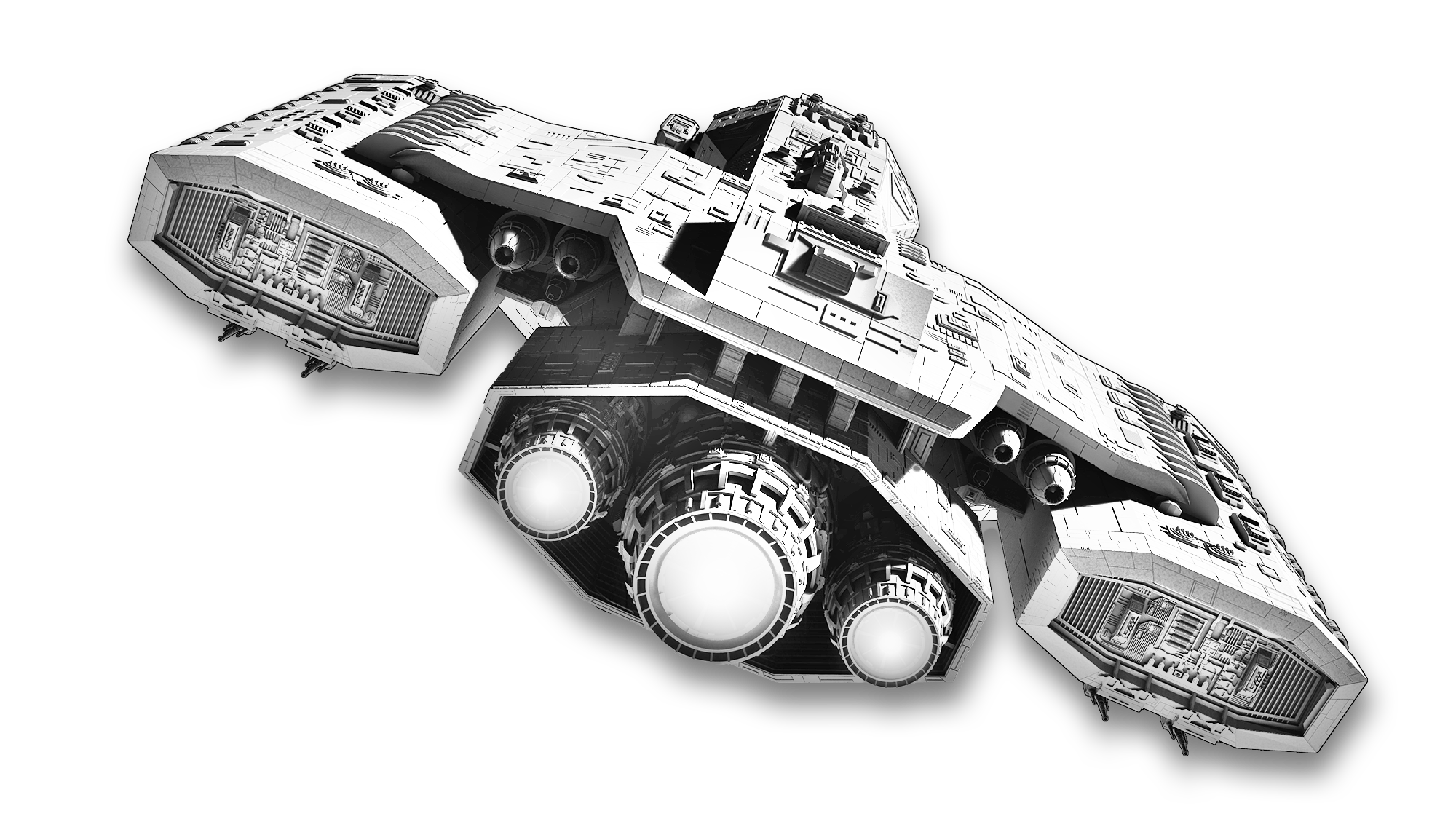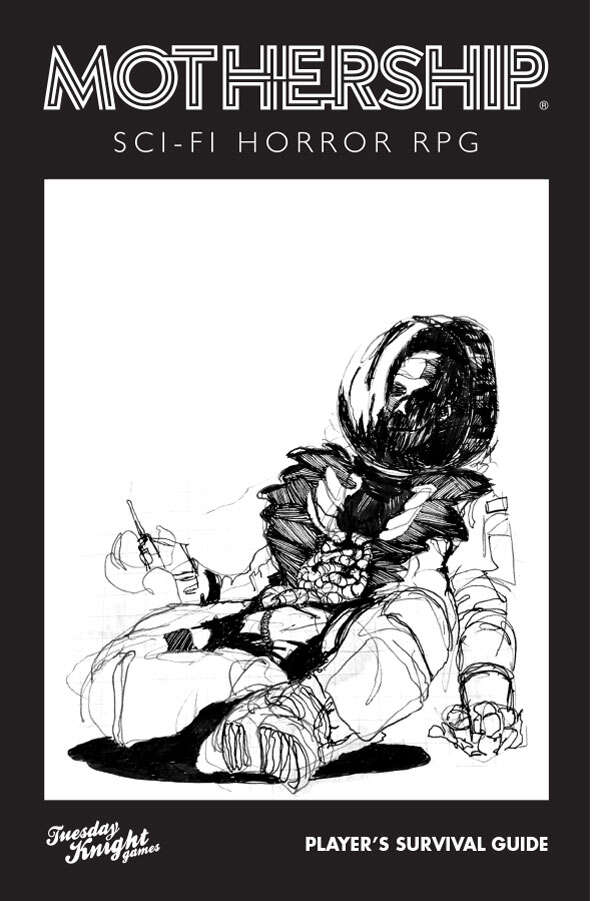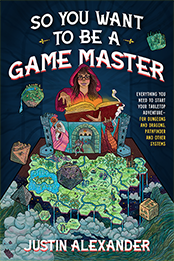Robert Louis Stevenson would have been a great game master! USA Today Bestselling Author and ENnie Award-winning RPG designer Justin Alexander joins the author of Treasure Island in explaining the adventures hidden within every map!
Archive for the ‘Roleplaying Games’ category
Advanced Gamemastery: Your Map is the Adventure!
Running Mysteries: Background Revelations
What makes a mystery scenario work is, ultimately, the structural revelations: The PCs need to find a lead that will take them to the SS Brittany and they need to find the clues that reveal how to defeat the ento-parasites from Planet X.
Using the Three Clue Rule, node-based design, and similar scenario-building tools, therefore, we make these structural revelations robust and distribute them throughout the mystery in interesting and effective ways. Ideally, the result is a mystery scenario that’s more likely to succeed than to fail, and is also compelling for the players from beginning to end.
But not every possible revelation in a mystery scenario is load-bearing.
For example, while investigating strange murders in the Welsh countryside, it might be really cool for the PCs to discover that the coven of witches responsible for the killings is descended from a cult of Isis worshipers who escaped from Egypt during the final days of the Ptolemeic Pharaohs. And it’s probably even cooler if they realize the goal of the multi-generational ritual killings is to bring Cleopatra herself back from the dead!
Such revelations might even feel essential for the players to fully appreciate the scenario. Strictly speaking, however, these background revelations aren’t required. The PCs can follow their leads and find the subterranean passages which serve as the coven’s base of operations, and even puzzle over the Egyptian-style murals painted on the walls there, without ever truly realizing the coven’s long history. They might even fight (and defeat!) the lich-pharaoh without ever realizing that she’s Cleopatra!
Understanding and being able to recognize the difference between structural revelations (the PCs must know where the coven’s HQ is to finish the scenario!) and background revelations (it would be really cool if they knew who the lich-pharaoh was!) offers a lot of practical advantages when it comes to both designing and running mystery scenarios.
First, I recommend keeping your background revelations on a completely separate revelation list from your structural revelations.
Having a revelation list for background revelations is useful for design: Since you do, in fact, want the PCs to learn that the lich-pharaoh is Cleopatra, you’ll want to use the Three Clue Rule and make sure the clues pointing to that revelation are positioned for maximum effect.
On the other hand, since these background revelations are nonessential structurally-speaking, you don’t actually need to track them during play: If something goes wrong, it only means that the identity of the lich-pharaoh becomes a source of enigma. That may or may not be ideal, but it’s a perfectly cromulent outcome.
Note: As discussed in the article on Enigma, the fact these background revelations are structurally nonessential may also mean that you don’t care about them being robust, either! You can use the Three Clue Rule to make background revelations robust, but technically the rule only applies to structural revelations.
Conversely, by removing these nonessential revelations from your main revelation list, you effectively declutter your list of structural revelations: These are the revelations you DO need to keep track of during play so that you can troubleshoot them if something goes wrong, and getting rid of the clutter will make that mid-session tracking much easier to do!
THE PURPOSE OF A BACKGROUND REVELATION
If background revelations aren’t required for the success of a scenario, though, why include them at all? Wouldn’t it simplify everything and declutter the entire experience if you got rid of them entirely?
The short answer is that man does not live on bread alone.
Structural revelations may be how the PCs navigate their way to the scenario’s conclusion, but it’s background revelations that give the scenario meaning. Background revelations are also how you “show, not tell” when it comes to historical research and worldbuilding.
This isn’t just about delivering memorable “oh wow, that’s cool!” moments for the players rather than generic lich fights that will be forgotten before the next session (although it is that, too!).
Plus, from a purely practical standpoint, you often WANT a little clutter in your mystery scenarios: Remember that when the players first discover a strange clue, they’re likely going to be trying to figure out how it fits into the overall pattern of clues (and other strange things) they’ve discovered so far. The clues and details associated with background revelations help to fill up your scenes with cool stuff that can be uncovered via investigation.
Along these same lines, background revelations can also be very good at delivering small victories even while the big questions remain elusive to them: They may not know where the cult is located, but figuring out that they’re Isis worshipers feels like a win! Wins like that are what will keep the group motivated and moving forward in their investigation.
In other words, just because they’re structurally nonessential, it doesn’t mean that background revelations are meaningless. To the contrary: They’re packed full of meaning! Their entire existence is to provide meaning!
Ptolus: Running the Campaign – Clues Linking Campaigns
DISCUSSING
In the Shadow of the Spire – Session 39B: Shivvel, Slaves, and Gold
“If they’re running a major drug operation here, this isn’t nearly enough money.”
It was clear, too, that there had once been much more of the shivvel stored here. Tee suspected that the destruction of Linech Cran’s operation was continuing to affect the ratlings’ supply.
Poking around the rest of the room she discovered that a section of the wall could be removed, revealing a detailed map of the Warrens with several locations marked with crude symbols.
When discussing node-based design, a lot of focus tends to be put on how it can be used for scenarios like the 5-node mystery. Which makes sense. It’s a very versatile scenario structure, easy to use and adaptable to a lot of different situations.
But I first came to node-based design as a campaign structure, as described in Node-Based Campaigns: Not linking together scenes in an adventure, but as a way of linking one adventure to another. In the Shadow of the Spire, a campaign I was actually running and designing when I wrote Node-Based Scenario Design, is almost entirely built using a node-based campaign structure.
You can see a pretty focused example of what that looks like in the current adventure.
I labeled each adventure with an alphanumeric code. So the PCs are currently in CC01 Temple of the Rat God. The “CC” stands for “Chaos Cults.” Act II of the campaign also includes BW and NOD adventures, for Banewarrens and Night of Dissolution, respectively. The distinction of “BW” adventures reflects that Act II of the campaign is built around two separate forks (the chaos cults and the Banewarrens), while having “NOD” and “CC” designators started as a convenient way of distinguishing “stuff from the Night of Dissolution campaign book” from the wide variety of additional chaos cult scenarios I was adding to the campaign.
But why have alphanumeric codes at all?
Mostly convenience and clarity.
For example, it made it easy to say that the Marked Map of the Warrens handout (as seen below) was pointing to CC01A Warren Shivel Dens.
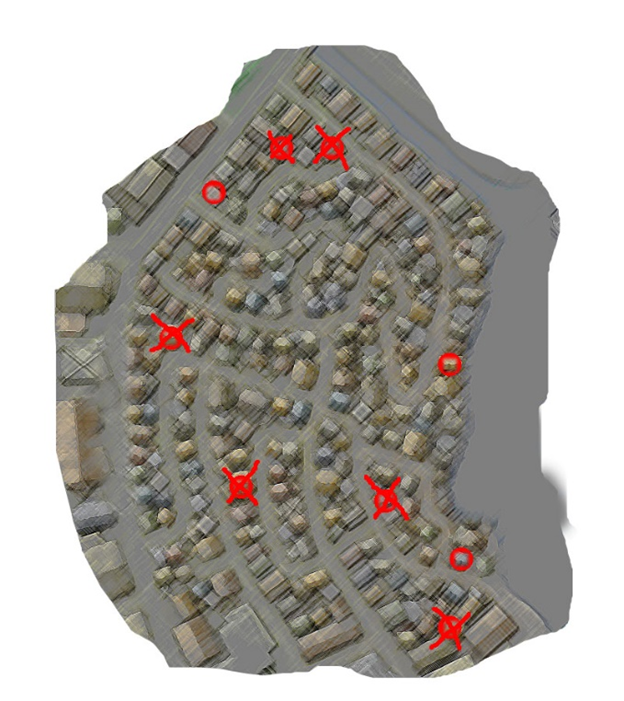
Why “CC01A” instead of “CC02” or some other distinct number? Again, it mostly boils down to what I found most useful. I generally found it useful to group together scenarios that were more closely related to each other. For example, the adventures found in Ptolus Remix: The Mrathrach Agenda were originally NOD5 Mrathrach Machine and NOD5A The White House.
The warren shivvel dens directly operated by the ratling cultists were more closely/directly related to CC01 Temple of the Rat God than they were to, for example, CC07 Porphyry House of Horrors. In this case, I’d also “discovered” the warren shivvel dens existed while prepping CC01 Temple of the Rat God, so it just made sense to me to insert them into the numbering sequence here.
Other clues the PCs found here include:
- Sewer Routes to the Coast, a map which is an alternate clue to CC01A and also to 004A Slaver’s Enclave (an adventure from Act I).
- Questioning the slaves, which would also lead to 004A Slaver’s Enclave.
- Sewer Tunnels to Oldtown, a map leading to NOD4 Temple of Deep Chaos.
- Broken square symbols forming a trail in the sewer tunnels, which could be followed to CC02 Temple of the Ebon Hand.
And here you can directly see the dynamics of a node-based campaign in play. Having found all these clues, the PCs have to make a decision about which lead they’re going to pursue next. (And, in this case, that actually includes, “Do we keep exploring the dungeon we’re in? Or do we switch gears?”) The players are immediately drawn into this discussion (at least in part because they’re collectively puzzling out what the clues mean and how they’re connected to things they’ve learned elsewhere in the campaign), causing the group to collectively think deeply about the campaign and get drawn further into the game world.
Also, because of the redundancy of the Inverted Three Clue Rule, it would also have been fine if, for example, they didn’t question the slaves…
…which, from a structural standpoint, they didn’t.
Ranthir, meanwhile, was feeding the malnourished slaves while Tor gently questioned them. It turned out that most of them had been freshly captured off the streets of Ptolus, many from the Warrens. Several were obviously shivvel addicts and easily preyed on. There was an elven prisoner, however, who had a different tale to tell: He had lived in the village of Onsafal in the Teeth of Light. He and most (if not all) of his village were captured by slavers and then sold through the black markets of Freeport. He had arrived at the Docks, been taken to a warehouse, and then sold to the ratlings.
Ranthir heard from one of the slaves how they’d been kidnapped and taken to a warehouse in the Docks, but he never followed up by asking the elf where the warehouse was located. (A classic example of a player not realizing that a clue is actually a clue.)
In fact, as the campaign continues, you’ll discover that the PCs didn’t follow MOST of these clues.
There are a variety of reasons for this. For example, the redundancy between the Sewer Tunnels to Oldtown map and the Marked Map of the Warrens caused them to conflate the two. They chose to approach the shivvel dens above ground, and ended up ignoring the fact that Sewer Tunnels to Oldtown also included a tunnel leading to the Docks (and the warehouse the elf had mentioned).
(It’s particularly fun when something like this happens, they eventually find a different path, and then many moons later they’re reviewing their notes, discover the clue they ignored, and say, “Holy crap! We had the solution the whole time!”)
There are a few other connections to note.
The shivvel they find here is a payoff from previous foreshadowing. Way back in Session 9, the PCs had found a note indicating that Silion was getting shipments of shivvel from Linech Cran. This was an existential lead, as described in Running Mysteries: The Two Types of Leads – it told the PCs that Silion existed, but didn’t give them any way of actually finding her. That foreshadowing set up Silion as an antagonist, and here we complete the circuit.
The Deathmantle cult symbol the PCs find here is the opposite end of the same thing: The PCs learn the Deathmantle cult exists, but have no way of finding them right now.

The evidence that the cultists are having problems sourcing shivvel (which is further developed in CC01A) because the PCs took out Linech Cran’s shivvel operation is another form of payoff, this time showing the impact of the PCs’ actions on the game world.
Along similar lines, in Session 39C the PCs also find a note indicating that the Temple of the Rat God had begun investigating the Arathian Job, giving them a well-earned pat on the back for a job well done, while also making them just slightly paranoid that the cultists were on their trail.
Don’t worry: A little paranoia is good for the players.
Campaign Journal: Session 39C – Running the Campaign: Reputation
In the Shadow of the Spire: Index

SESSION 39B: SHIVVEL, SLAVES, AND GOLD
June 14th, 2009
The 22nd Day of Kadal in the 790th Year of the Seyrunian Dynasty
With the way cleared by Agnarr, Tee slid through the secret door. The hall beyond ended in a chamber of finished stone. Several empty crates had been stacked to one side of the room, and there were a handful of sealed crates on the opposite side. Near the sealed crates were two open crates containing small bundles wrapped in paper.
Cutting open one of the bundles, Tee discovered that it contained a brick of shivvel. At a quick estimate, she guessed that each brick contained a hundred doses of shivvel (each worth 2 sp), and there must be nearly four hundred bricks stored here.
It was clear, however, that there had once been much more of the shivvel stored here. Tee suspected that the destruction of Linech Cran’s operation was continuing to affect the ratlings’ supply.
Poking around the rest of the room she discovered that a section of the wall could be removed, revealing a detailed map of the Warrens with several locations marked with crude symbols.
There was also a secret door leading to another chamber, this one empty except for an iron coffer. A quick inspection of this revealed that it was set into a depression on the floor – opening or moving the coffer would shift its weight and trigger the release of a gas (which Tee guessed would prove poisonous). She quickly disabled the mechanism and flipped open the coffer, revealing a mixture of silver and copper coins that she estimated to be worth about 350 gold crowns.
“If they’re running a major drug operation here, this isn’t nearly enough money.” (Not that this stopped her from levering the coffer into her bag of holding.)
Her suspicions proved true: There was a second secret door. Although locked, she was able to open it with the keys she had taken from Silion and Urnest, and thus discover what appeared to be the true treasury: Eight copper coffers filled with gold and silver worth almost 8,000 gold crowns.
There was also a ninth coffer marked with the skull sigil of the Deathmantle cult. It contained six masterwork daggers set on a shaped-cushion of black velvet; their blades glistening with a dark red  paste. (When Tee showed them to Ranthir, he was able to identify the paste as hellblood venom — a poison distilled from the blood of demons that, when brought in contact with a mortal wound, would cause the blood to thin and bleed more rapidly.)
paste. (When Tee showed them to Ranthir, he was able to identify the paste as hellblood venom — a poison distilled from the blood of demons that, when brought in contact with a mortal wound, would cause the blood to thin and bleed more rapidly.)
In one of the copper coffers there was also a box of ebony. This contained four strange, round disks about 8 inches in diameters. Crafted from a stainless steel, each seemed possessed of strange, interlocking joints – as if they were complicated, three-dimensional jigsaw puzzles coated with viciously serrated blades. The sight of them made Tee uneasy. She carefully shut the box and slid it into her bag of holding.
Tor, meanwhile, had found himself standing over the dead body of a ratbrute in a long hall. Taking in the details of his surroundings for the first time, he discovered that there were four barred slave pens built into the walls of the hall. He approached the nearest one, and found nearly a half dozen prisoners. They cowered away from his light as he approached, but he quickly reassured them that he and his friends were there to help. He quickly visited the other pens, finding over a dozen prisoners in total (many obviously in very bad states of health).
A long, damp-eaten table was shoved up against one wall. It was covered in a variety of yellowed papers, half-eaten food, and the like. Tor quickly looked it over, trying to find a key. Instead, he found the withered, bloody stump of a human hand casually tossed in amidst the general clutter. His stomach churned. Quickly gathering up the papers, he told the others to keep a watch over the hall leading to the south, and then went back through the northern tunnel to find Tee, hoping that she would be able to pick the locks on the pen doors.
When Tor arrived, Tee was in the process of loading the crates of shivvel into her bag of holding. “Prisoners? I didn’t know we’d found prisoners!”
Tee hurried back through the tunnels. “There’s a secret door right there,” she mentioned in passing.
“How do you know that?” Tor asked.
“I can smell the rat-stench seeping through it.”
Once she had reached the slave pens she was able to make quick work of the locks. While the others discussed what they were going to do with the prisoners, Tee looked through the papers Tor had gathered up. They were mostly accounting of the comings and going of the slaves (others were completely illegible due to the poor condition in which they had been kept), but a particularly well-drawn map caught her attention.
SEWER ROUTES TO THE COAST
This well-drawn map details a route through the sewer tunnels leading to two undescribed locations near or on the Coast. One, leading north from the Blessed Bridge, appears to terminate near the Docks; the other, leading south from the Blessed Bridge, somewhere in the Warrens.
Ranthir, meanwhile, was feeding the malnourished slaves while Tor gently questioned them. It turned out that most of them had been freshly captured off the streets of Ptolus, many from the Warrens. Several were obviously shivvel addicts and easily preyed on. There was an elven prisoner, however, who had a different tale to tell: He had lived in the village of Onsafal in the Teeth of Light. He and most (if not all) of his village were captured by slavers and then sold through the black markets of Freeport. He had arrived at the Docks, been taken to a warehouse, and then sold to the ratlings.
Tee, joining the telling of these tales towards their end, removed the iron coffer of copper and silver she had taken from the false treasury. This money she distributed among the slaves. Elestra and Nasira, meanwhile, were getting increasingly worried about the dark, unknown depths of the unexplored southern passage.
“We need to get them out of here,” Tor said.
“And we can’t just leave them to find their own way,” Elestra said.
Running the Campaign: Clues Linking Scenarios – Campaign Journal: Session 39C
In the Shadow of the Spire: Index
Untested Mothership – Megadamage Pyramid
In the Mothership RPG, when your ship takes megadamage it advances along track where each point of megadamage also inflicts an additional effect, as described in the Shipbreaker’s Toolkit, p. 35, and also on the ship manifest sheet:
00 All Systems Normal
01 Emergency Fuel Leak
02 Weapons Offline
03 Navigation Offline
04 Fire on Deck
05 Hull Beach
06 Life Support Systems Offline
07 Radiation Leak
08 Dead in the Water
09+ Abandon Ship!
Because you can suffer more than one point of megadamage per hit and you only apply the effect of the megadamage total you land on after, there is some variation within this system. But if you want to mix things up a bit more (so that, for example, you might suffer an emergency fuel leak after weapons go offline), you could deploy a basic megadamage pyramid:
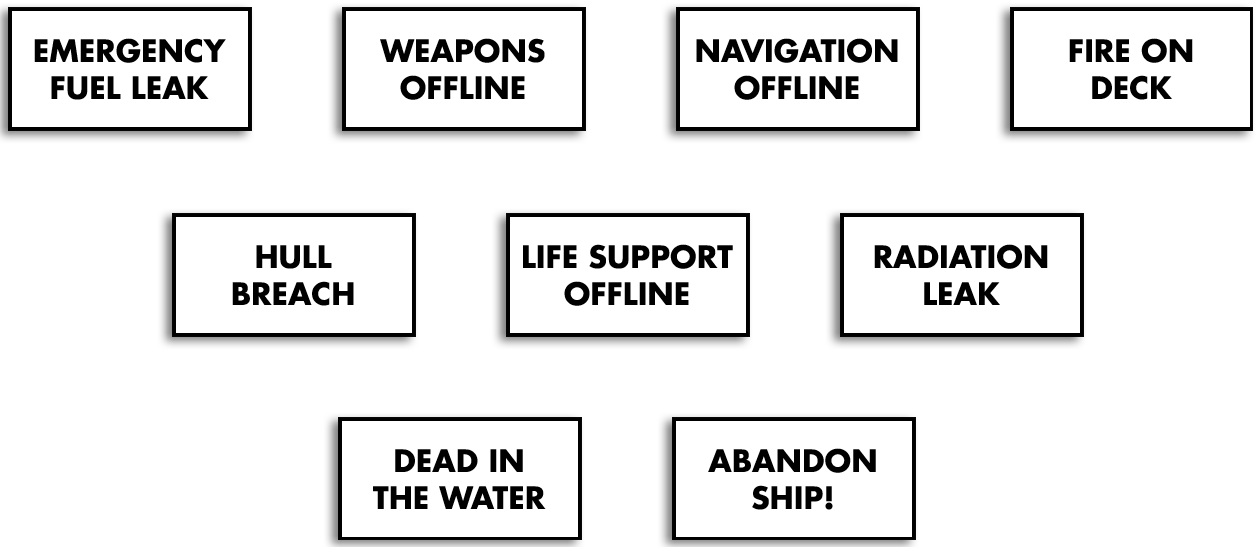
You start on the top row and mark off boxes in a random order, once again only applying the last megadamage effect crossed off on each row.
Note: This pyramid is slightly less forgiving at the top end than the original rules, as it’s possible to hit Abandon Ship at 8 megadamage.
BRUTAL VARIANT: CAPRICIOUS FATE
Combat in the void is harsh and unforgiving, for this was a place that man was never meant to live or die.
In this brutal variant of the megadamage pyramid, each time a ship suffers megadamage roll the effect randomly:
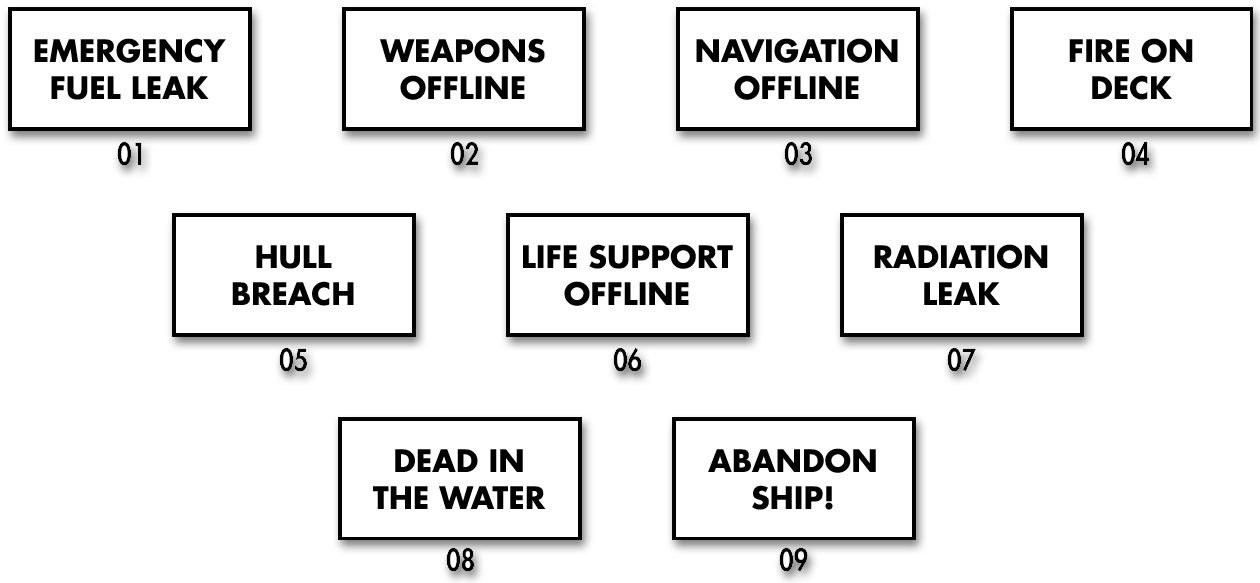
If you roll an effect you’ve already rolled, it spills over to another effect on the same row. If all effects on the row are filled, then the effect rolls down to the next level of the pyramid.
While it’s possible for your ship to suffer catastrophic damage the very first time you’re hit in combat (Abandon Ship!), there is one glimmer of hope: On a roll of 00, you still suffer the megadamage, but it has no further effect.
Variant – Fast Escalation: If you roll an effect your ship is already suffering from, you instead sink down the pyramid to one of the two adjacent damage effects (determine which one randomly).
Archives
Recent Posts
- Thought of the Day: Elven Teeth
- Ex-RPGNet Review: Points in Space – Starport Locations
- Advanced Gamemastery: Shared Campaign Worlds
- Review: Heroes of the Borderlands (D&D Starter Set 2025)
- Ask the Alexandrian #21: Keeping Track of an Open Table
Recent Comments
- on Thought of the Day: Elven Teeth
- on Thought of the Day: Elven Teeth
- on Thought of the Day: Elven Teeth
- on Thought of the Day: Elven Teeth
- on Thought of the Day: Elven Teeth
- on Thought of the Day: Elven Teeth
- on Thought of the Day: Elven Teeth
- on Thought of the Day: Elven Teeth
- on Thought of the Day: Elven Teeth
- on Thought of the Day: Elven Teeth



